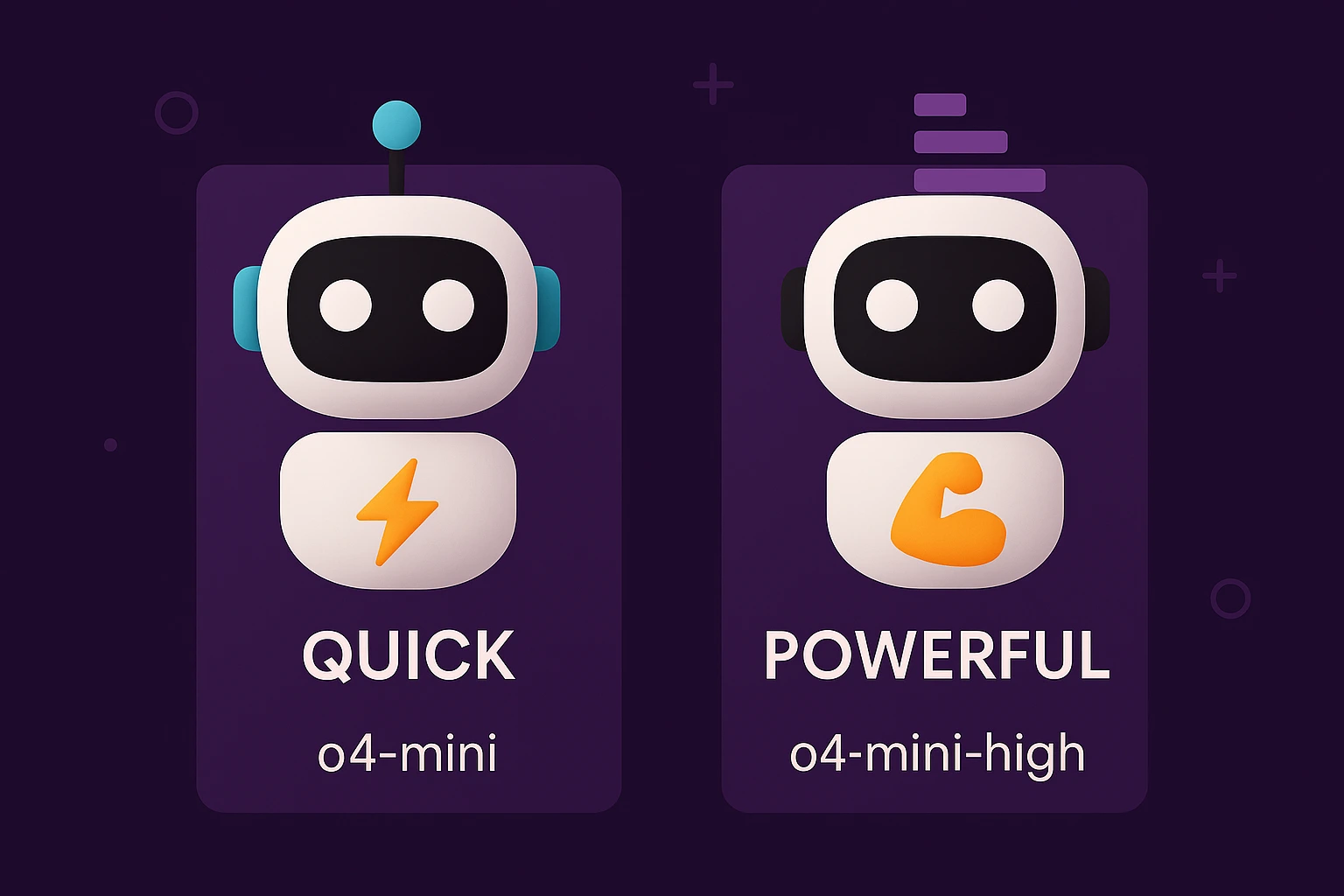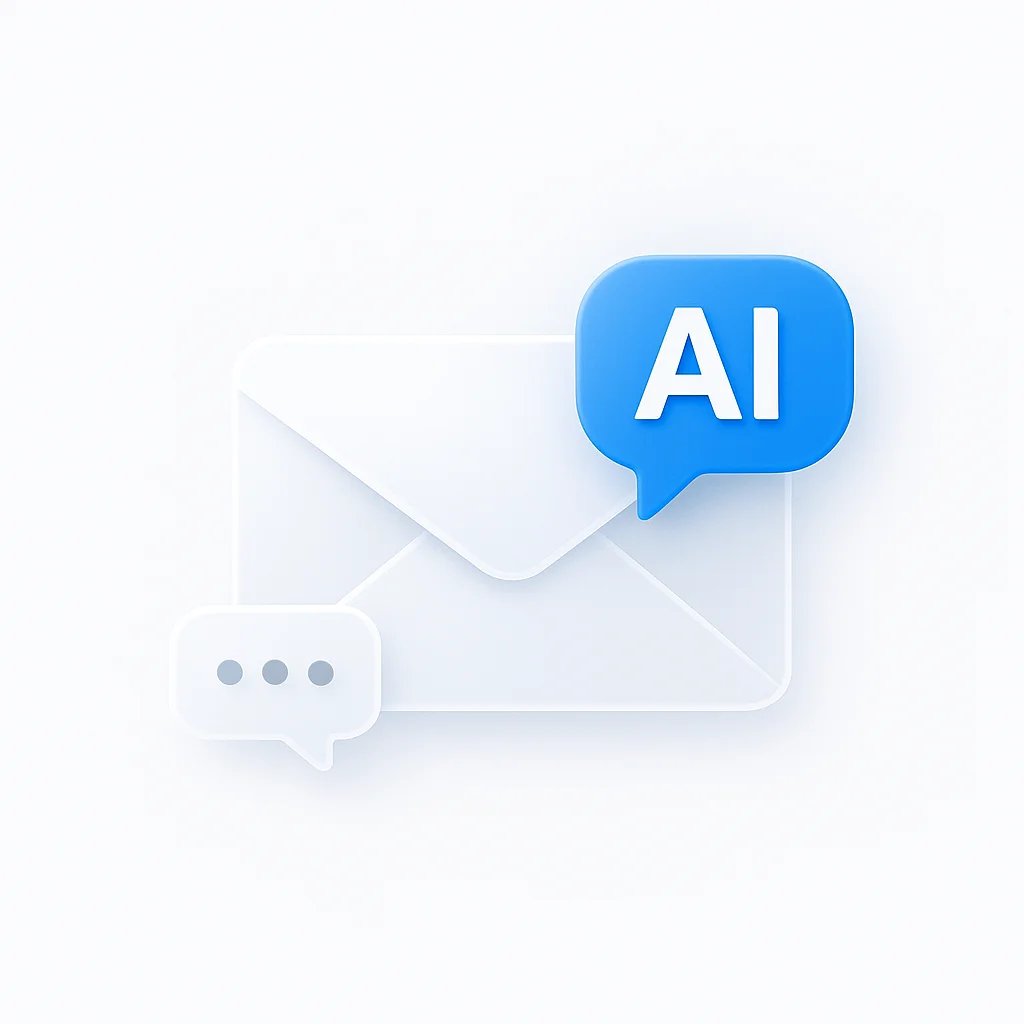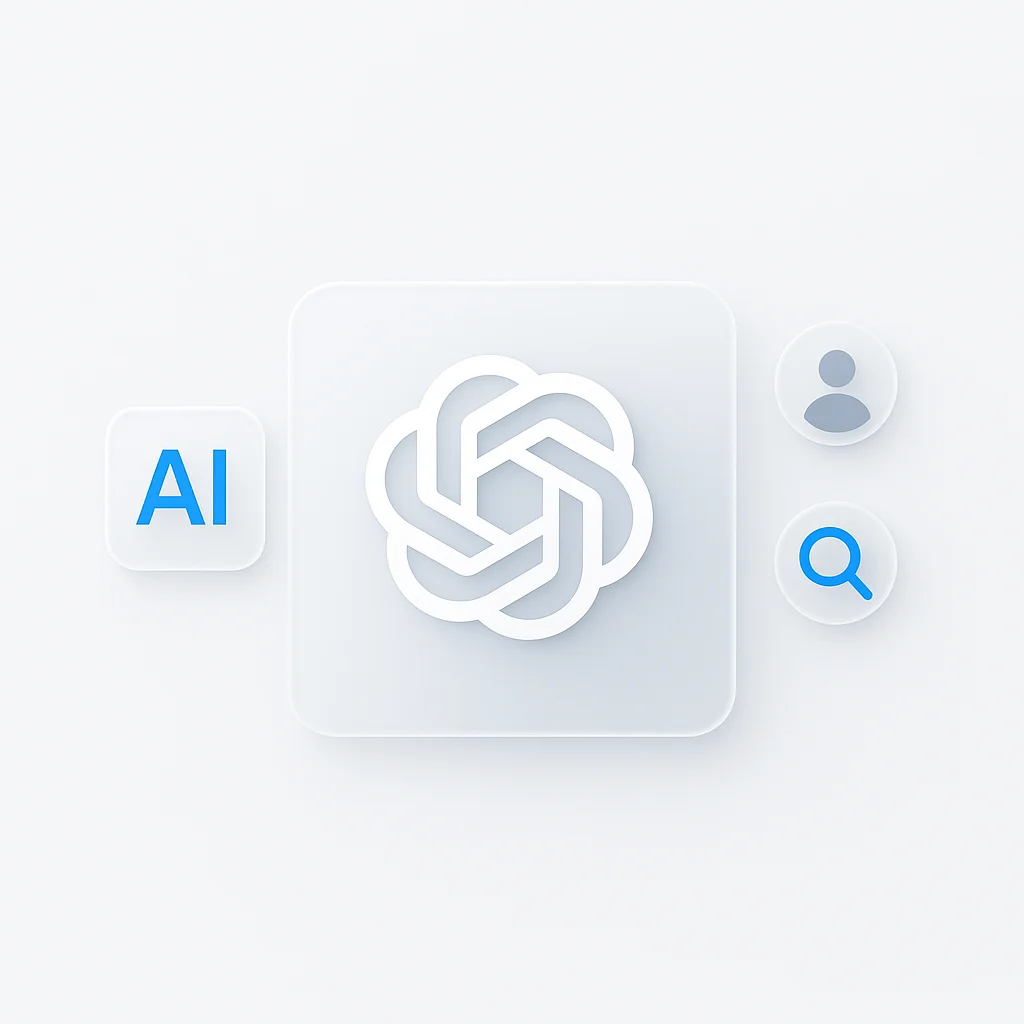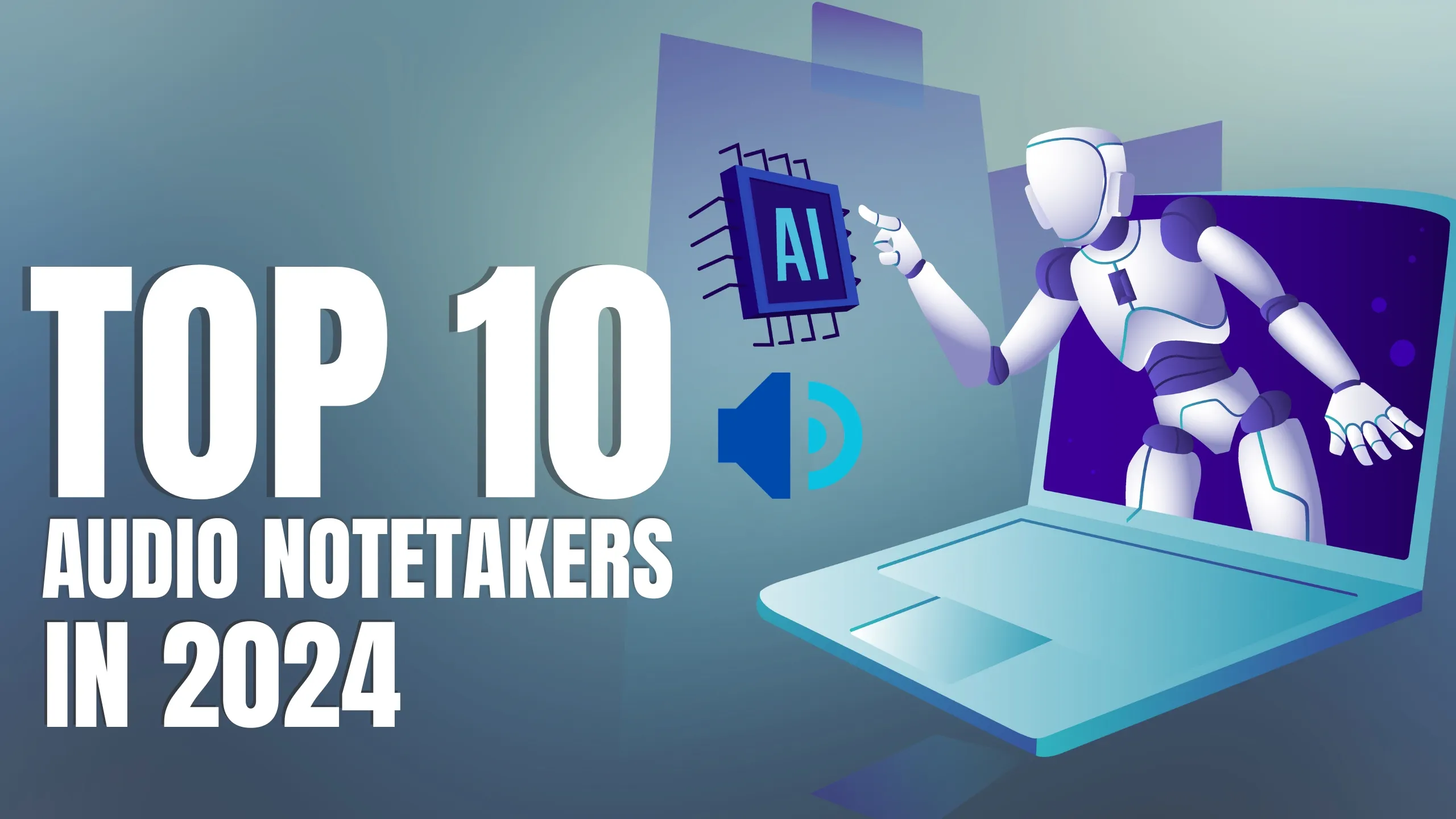The AI landscape in 2025 is crowded and confusing. With new models like GPT-4o, the advanced o3, and the creative GPT-4.5 launching, it’s easy to feel overwhelmed. Are you using the most efficient tool for your task? Or are you getting slow, generic outputs because you’re using the wrong one? This guide is your map.
We will demystify the entire GPT ecosystem, breaking down each model’s specific architecture and ideal use case. As the field of large language models continues to evolve rapidly, understanding the nuances between different models becomes crucial for maximizing their potential. Forget the confusion; we’ll give you a simple, powerful framework for choosing the perfect AI tool every time, whether you’re a developer needing quick coding assistance or a strategist performing advanced financial analysis.
What is a Multimodal AI? The GPT-4o Revolution
Multimodal AI represents a fundamental shift in artificial intelligence. Unlike traditional models that process only text, multimodal AI can understand and generate content across multiple formats: text, audio, images, and video. This isn’t just about adding new capabilities-it’s about creating AI that thinks more like humans do.
GPT-4o’s native multimodal architecture makes it fundamentally different and faster than older models that piped different functions together. Instead of separate systems for text, voice, and vision, GPT-4o processes all modalities simultaneously, leading to more natural and contextually aware interactions.
The Importance of Latency and Reasoning in AI
Latency refers to response speed, measured in milliseconds. For tasks like voice conversation, latency is critical, even a 200ms delay can make interactions feel unnatural. GPT-4o’s optimized architecture delivers responses in under 300ms, making real-time conversations feel fluid and natural.
Advanced reasoning means the AI can perform multi-step problem solving, understand context, and draw logical conclusions. This sets the stage for comparing models like o3, which are specifically optimized for complex reasoning tasks.
What Makes GPT-4o Different from Previous Models
GPT-4o represents a significant leap forward from GPT-4 in several key areas:
- Native multimodal processing: Unlike GPT-4 which required separate models for different modalities, GPT-4o handles text, audio, and vision in a unified architecture
- Improved reasoning capabilities: Better logical thinking and problem-solving abilities
- Enhanced multilingual support: Superior performance across 50+ languages
- Real-time interaction: Sub-300ms response times for natural conversations
- Cost efficiency: More affordable than GPT-4 while offering superior capabilities
GPT-4o: The Master of All Trades

GPT-4o stands as OpenAI’s flagship model, representing the pinnacle of general-purpose AI capabilities. It’s designed to be the Swiss Army knife of AI-excellent at everything, master of none, but still incredibly powerful across all domains.
Key Features & Capabilities
- Real-time conversational voice and vision: GPT-4o can see, hear, and respond naturally in real-time conversations
- Superior performance in non-English languages: Enhanced multilingual capabilities with better understanding of cultural context
- Advanced safety features built-in: Comprehensive safety measures to prevent harmful outputs
- Access for both free and paid users: Democratized access to cutting-edge AI technology
- Unified architecture: Single model handling all modalities instead of separate systems
Best Use Cases for GPT-4o
Personal Productivity: Acting as a real-time voice assistant (like Jarvis from Iron Man). GPT-4o can help you manage your calendar, draft emails, and brainstorm ideas through natural conversation.
Customer Service: Powering ultra-responsive, human-like chatbots that can handle complex customer inquiries with empathy and accuracy.
Business Operations: AI models excel at optimizing logistics and operational efficiency. For businesses managing complex delivery networks, delivery tracking software can streamline real-time deliveries, improve customer satisfaction, and optimize overall fleet performance, complementing AI’s analytical capabilities with practical operational tools.
Content Creation: Brainstorming ideas, summarizing meetings, and drafting quick content across multiple formats. For meeting intelligence and automated note-taking, explore our AI-powered meeting recorder that transforms conversations into actionable insights.
Multilingual Communication: Breaking down language barriers in real-time conversations and document translation.
Visual Analysis: Understanding and describing images, charts, and visual content with remarkable accuracy.
GPT-4o vs GPT-4: What’s Changed?
The transition from GPT-4 to GPT-4o brings several key improvements:
| Feature | GPT-4 | GPT-4o |
|---|---|---|
| Multimodal Support | Limited (text + basic image) | Full (text, audio, vision) |
| Response Speed | 2-3 seconds | Under 300ms |
| Cost | Higher | More affordable |
| Language Support | Good | Excellent (50+ languages) |
| Reasoning | Good | Enhanced |
| Safety | Standard | Advanced |
GPT-4o Pricing and Access
GPT-4o is available through multiple access methods:
Free Access: OpenAI provides limited free access to GPT-4o through ChatGPT, allowing users to experience the model’s capabilities without cost.
ChatGPT Plus: $20/month subscription provides priority access and higher usage limits.
API Access: Pay-per-use pricing for developers and businesses:
- Input tokens: $0.0025 per 1K tokens
- Output tokens: $0.01 per 1K tokens
- Significantly more affordable than GPT-4
Enterprise: Custom pricing for large organizations with dedicated support and enhanced security features.
The “o” Series: OpenAI’s Specialized Brains
The “o” series represents OpenAI’s move toward specialized models optimized for specific tasks. These models sacrifice some general capabilities in exchange for superior performance in their target domains.
o3: The Deep Thinker for Complex Problems
o3 is optimized for deep, multi-step logical chains. Its architecture is specifically designed for tasks requiring advanced reasoning, making it ideal for:
- Legal document analysis: Understanding complex legal texts and identifying key clauses
- Scientific research summarization: Processing dense academic papers and extracting insights
- Strategic planning: Analyzing multiple scenarios and their implications
- Financial modeling: Complex calculations and risk assessment
When compared to GPT-4o, o3 shows significantly better performance on reasoning benchmarks, though it may be slower for simple conversational tasks. For real-time meeting analysis and action item extraction, our AI video call feature leverages similar reasoning capabilities to automatically capture and organize meeting insights.
o4-mini vs. o4-mini-high: Speed Meets Power

o4-mini is positioned as the “quick-witted specialist”-the fastest model for tasks that still require advanced reasoning. Perfect for:
- Rapid financial modeling
- Real-time logistics optimization
- Quick data analysis and insights
o4-mini-high serves as the “developer’s co-pilot,” with strengths in coding and visual reasoning. It excels at:
- Debugging complex code
- Generating front-end UI from sketches
- Explaining codebases and architecture
- Visual problem solving
Both models offer significant speed improvements over GPT-4o while maintaining high accuracy in their specialized domains. For visual content analysis and video processing, our Video GPT feature provides similar capabilities for understanding and interacting with video content.
The GPT-4.x Family: Iteration and Refinement
The GPT-4.x series represents iterative improvements on the original GPT-4 architecture, each tuned for a specific balance of speed, cost, and capability. These models are perfect for users who need GPT-4-level performance but with optimized characteristics for their specific use cases.
GPT-4.5 (Research Preview): The Creative Writer
GPT-4.5 is the “Hemingway” of the group-optimized for creative writing and long-form content creation. It excels at:
- Long-form content creation: Blog posts, articles, and comprehensive reports
- Creative writing: Fiction, poetry, and creative storytelling
- Scriptwriting: Screenplays, video scripts, and marketing copy
- Style adaptation: Mimicking specific writing styles and tones
GPT-4.5’s nuanced understanding of tone and style makes it particularly valuable for content creators and marketers who need to maintain consistent brand voice across multiple pieces of content. For content generation from existing media, our AI template generator helps transform videos and audio into engaging written content.
GPT-4.1: The Agile Coder and Analyst
GPT-4.1 is the “efficient engineer”-optimized for quick coding and analysis tasks. It’s perfect for:
- Quick coding: Generating scripts, functions, and code snippets
- Data analysis: Processing datasets and generating insights
- Technical documentation: Creating clear, concise technical docs
- Debugging: Identifying and fixing code issues
GPT-4.1 offers faster response times than GPT-4o for technical tasks, making it ideal for developers who need quick assistance without the overhead of the full multimodal model. For automated documentation and note-taking, our AI online notepad provides intelligent text assistance that adapts to your writing style.
GPT-4.1-mini: The Everyday Task Rabbit
GPT-4.1-mini is the “nimble assistant”—optimized for speed on simple, everyday tasks. It’s perfect for:
- Email summarization: Quickly extracting key points from long emails
- Sentence rephrasing: Improving clarity and tone in written communication
- Quick translations: Fast, accurate language translation
- Simple Q&A: Answering straightforward questions quickly
This model is ideal for users who need AI assistance throughout their day but don’t require the full power of larger models for simple tasks. For comprehensive note-taking and knowledge management, our NoteGPT alternative provides AI-powered organization and summarization of your content.
The Ultimate Comparison Table: Which GPT Model to Use in 2025

| Model | Primary Use Case | Strengths | Limitations | Ideal User |
|---|---|---|---|---|
| GPT-4o | General-purpose AI | Multimodal, multilingual, real-time | Higher cost, slower than specialized models | General users, content creators |
| o3 | Complex reasoning | Advanced logic, deep analysis | Slower, higher cost | Researchers, analysts, legal professionals |
| o4-mini | Fast reasoning | Speed + reasoning balance | Limited creative capabilities | Financial analysts, consultants |
| o4-mini-high | Development tasks | Coding, visual reasoning | Specialized use case | Developers, engineers |
| GPT-4.5 | Creative writing | Style mastery, long-form content | Slower for simple tasks | Writers, marketers, content creators |
| GPT-4.1 | Technical tasks | Fast coding, analysis | Limited creative capabilities | Developers, data scientists |
| GPT-4.1-mini | Everyday tasks | Speed, efficiency | Limited complexity | General users, busy professionals |
How to Choose the Right Model: A Scenario-Based Guide
Scenario 1: “I’m a marketer planning a new campaign”
Recommendation: Start with GPT-4.5 to brainstorm creative concepts and copy. Use GPT-4o to create social media posts and quick ad variations. For audience analysis, consider o3 for deep market research insights.
Workflow: GPT-4.5 → Creative concepts → GPT-4o → Social content → o3 → Market analysis
Scenario 2: “I’m a developer building a new app feature”
Recommendation: Use o4-mini-high for core coding and visual UI feedback. Use GPT-4.1 for generating documentation and quick utility scripts. For complex architectural decisions, leverage o3’s reasoning capabilities.
Workflow: o4-mini-high → Core development → GPT-4.1 → Documentation → o3 → Architecture review
Scenario 3: “I’m a business analyst preparing a quarterly report”
Recommendation: Use o3 for deep analysis of the raw data. Use GPT-4o to summarize the findings into a presentation and email for stakeholders. For quick data queries, GPT-4.1-mini provides fast answers.
Workflow: o3 → Data analysis → GPT-4o → Executive summary → GPT-4.1-mini → Quick queries
Scenario 4: “I just need help with my daily emails and tasks”
Recommendation: Use GPT-4.1-mini for speed on simple tasks, or stick with the all-rounder GPT-4o for more complex interactions. For voice interactions, GPT-4o’s multimodal capabilities shine.
Workflow: GPT-4.1-mini → Daily tasks → GPT-4o → Complex interactions
Integrating GPT Models with Your Workflow

The true power of the GPT ecosystem lies in combining multiple models for different tasks. Here’s how to build an effective AI workflow:
1. Identify Your Primary Use Cases
Start by mapping out your most common AI needs:
- Content creation
- Data analysis
- Coding assistance
- Communication
- Research and planning
2. Match Models to Tasks
Assign specific models to specific tasks based on their strengths:
- Creative work: GPT-4.5
- Complex reasoning: o3
- Quick coding: o4-mini-high
- Everyday tasks: GPT-4.1-mini
- Multimodal needs: GPT-4o
3. Build Your AI Toolkit
Create a workflow that leverages multiple models:
- Use GPT-4.1-mini for quick questions and simple tasks
- Switch to specialized models for complex work
- Use GPT-4o for multimodal interactions
- Leverage o3 for deep analysis and planning
4. Optimize for Cost and Speed
- Use faster, cheaper models for simple tasks
- Reserve expensive models for high-value work
- Batch similar tasks to maximize efficiency
- Monitor usage patterns to optimize your model selection
The Future of GPT Models: What’s Next?
As we look toward the future, several trends are emerging in the GPT ecosystem:
1. Increased Specialization
Expect more models like the “o” series, each optimized for specific domains:
- Medical diagnosis and research
- Legal document analysis
- Financial modeling and trading
- Creative arts and design
2. Improved Efficiency
Models will continue to get faster and more cost-effective:
- Better compression techniques
- Optimized architectures
- Reduced computational requirements
- Lower pricing for specialized models
For organizations looking to implement these advanced architectures, professional transformer model development services can help build custom AI solutions tailored to specific business requirements and performance needs.
3. Enhanced Multimodality
Future models will handle more modalities seamlessly:
- 3D object understanding
- Real-time video processing
- Advanced audio synthesis
- Cross-modal reasoning
4. Better Integration
Expect improved tools for managing multiple models:
- Automated model selection
- Seamless switching between models
- Unified interfaces
- Workflow automation
Conclusion: Beyond a Single Chatbot – Your Personal AI Toolkit
The era of a one-size-fits-all AI is over. The power lies in understanding and deploying a toolkit of specialized models. By choosing the right GPT model for each task, you can:
- Increase productivity by using the most efficient tool for each job
- Improve quality by leveraging specialized capabilities
- Reduce costs by avoiding overkill for simple tasks
- Enhance creativity by combining different model strengths
The future of AI isn’t about finding the “best” model—it’s about building the best workflow that combines multiple models effectively. As these technologies continue to evolve, the most successful users will be those who learn to orchestrate their AI toolkit like a conductor leading an orchestra.
Ready to streamline your workflow? Integrate these powerful models directly into your tools. Explore how ScreenApp connects your meeting intelligence with the reasoning power of o3 and the creative spark of GPT-4.5 to automate your most demanding tasks. Our platform combines AI video analysis, automated transcription, and intelligent content generation to create a comprehensive AI workflow. Try ScreenApp for free today and experience the future of AI-powered productivity.
FAQ Section
What is the most powerful GPT model currently available?
GPT-4o is currently OpenAI’s most powerful general-purpose model, offering multimodal capabilities and excellent performance across all domains. However, specialized models like o3 may outperform it on specific tasks requiring deep reasoning.
Is GPT-4o better than GPT-4 for coding?
Yes, GPT-4o generally provides better coding assistance than GPT-4, with improved code generation, debugging, and explanation capabilities. However, for pure coding tasks, o4-mini-high may offer even better performance with faster response times.
Can I use GPT-4.5 for free?
GPT-4.5 is currently available as a research preview and may have limited free access. Check OpenAI’s current pricing and availability for the most up-to-date information.
How do I access the ‘o’ series models?
The ‘o’ series models are typically available through OpenAI’s API and may require specific access permissions. Contact OpenAI or check their developer documentation for current access requirements.
What are the privacy implications of the new GPT models?
All GPT models process data according to OpenAI’s privacy policy. However, different models may have different data retention and processing policies. Always review the privacy terms for your specific use case.
Which GPT model is best for legal writing?
For legal writing, o3 is typically the best choice due to its advanced reasoning capabilities and ability to understand complex legal concepts. GPT-4.5 can also be effective for drafting legal documents with its creative writing strengths.
How much does GPT-4o cost compared to other models?
GPT-4o pricing varies based on usage, but it’s generally more expensive than smaller models like GPT-4.1-mini. Specialized models like o3 may have premium pricing due to their advanced capabilities.
Can GPT models generate images?
GPT-4o has some image generation capabilities, but for dedicated image generation, you might want to use specialized tools like DALL-E or Midjourney alongside your GPT workflow.
Which model is fastest for simple questions?
GPT-4.1-mini is typically the fastest model for simple questions and everyday tasks, offering quick responses with lower computational requirements.
How do I choose between GPT-4o and GPT-4.1?
Choose GPT-4o if you need multimodal capabilities (voice, vision) or multilingual support. Choose GPT-4.1 if you primarily work with text and need faster, more cost-effective responses for technical tasks.
What’s the difference between GPT-4o and GPT-4.5?
GPT-4o is a general-purpose multimodal model, while GPT-4.5 is specialized for creative writing and long-form content creation. GPT-4o handles voice, vision, and text, while GPT-4.5 excels at creative tasks and style adaptation.
Can I use multiple GPT models simultaneously?
Yes, you can use multiple GPT models in your workflow. Many applications allow you to switch between models or use different models for different tasks within the same project.
Which model is best for data analysis?
For data analysis, o3 offers the best reasoning capabilities for complex analysis, while GPT-4.1 provides faster responses for quick data queries. Choose based on the complexity of your analysis needs.
How do GPT models compare to other AI tools?
GPT models excel at language tasks and reasoning, while other AI tools may be better for specific domains like image generation, audio processing, or specialized business applications. The best approach is often to combine multiple AI tools in your workflow.
What’s the future of GPT model pricing?
As models become more efficient and competition increases, expect pricing to become more competitive. Specialized models may offer better value for specific use cases, while general-purpose models may become more affordable for everyday use.
Is GPT-4o free to use?
Yes, GPT-4o is available for free through ChatGPT with some usage limitations. For unlimited access and priority features, ChatGPT Plus subscription is available for $20/month.
How many parameters does GPT-4o have?
OpenAI hasn’t officially disclosed the exact parameter count for GPT-4o, but it’s estimated to be significantly larger than GPT-4 while being more efficient due to architectural improvements.
Can GPT-4o access the internet?
GPT-4o can access the internet when using ChatGPT with browsing enabled, allowing it to search for current information and access real-time data.
What are the main differences between GPT-4o and GPT-4.5?
GPT-4o is a general-purpose multimodal model optimized for real-time interaction, while GPT-4.5 is specialized for creative writing and long-form content creation. GPT-4o handles voice, vision, and text simultaneously, while GPT-4.5 excels at creative tasks and style adaptation.
Which GPT model is best for students?
For students, GPT-4o offers the best balance of capabilities and accessibility. It’s available for free, provides excellent multilingual support, and can help with various academic tasks from research to writing assistance.
How accurate is GPT-4o compared to other models?
GPT-4o shows improved accuracy over GPT-4 in most benchmarks, particularly in reasoning tasks, multilingual understanding, and multimodal comprehension. However, specialized models like o3 may outperform it on specific reasoning tasks.
Can I use GPT-4o for business applications?
Yes, GPT-4o is well-suited for business applications through OpenAI’s API. It offers enterprise-grade security, compliance features, and can be integrated into custom applications for customer service, content creation, and data analysis.
What’s the difference between ChatGPT and GPT-4o?
ChatGPT is the user interface and application that provides access to various GPT models, including GPT-4o. GPT-4o is the underlying AI model that powers ChatGPT’s capabilities. Think of ChatGPT as the app and GPT-4o as the engine.
How do I get access to GPT-4o?
You can access GPT-4o through:
- ChatGPT (free with limitations)
- ChatGPT Plus subscription ($20/month)
- OpenAI API (pay-per-use)
- Enterprise solutions (custom pricing)
Which GPT model is best for coding?
For coding tasks, o4-mini-high is specifically optimized for development work, offering faster response times and better code generation capabilities than GPT-4o. However, GPT-4o is still excellent for general coding assistance and is more accessible.
Can GPT models replace human workers?
While GPT models are powerful tools that can automate many tasks, they’re designed to augment human capabilities rather than replace them. They excel at handling routine tasks, generating content, and providing assistance, but still require human oversight, creativity, and decision-making for complex work.
What are the limitations of GPT-4o?
GPT-4o has several limitations:
- May occasionally generate incorrect information
- Limited knowledge cutoff (training data ends in 2023)
- Requires internet access for current information
- Can be biased based on training data
- May struggle with highly specialized or technical domains
- Usage limits on free tier
How do GPT models handle privacy and data security?
OpenAI implements several privacy and security measures:
- Data encryption in transit and at rest
- User data deletion options
- Enterprise-grade security for business users
- Compliance with various privacy regulations
- No training on user conversations by default
What’s the environmental impact of GPT models?
Large language models require significant computational resources, which has environmental implications. OpenAI and other AI companies are working on more efficient architectures and renewable energy usage to reduce their carbon footprint.
How often are GPT models updated?
OpenAI regularly updates their models with improvements to safety, performance, and capabilities. Major model releases (like GPT-4o) happen periodically, while smaller updates and bug fixes are deployed more frequently.
Can I fine-tune GPT-4o for my specific use case?
Currently, GPT-4o cannot be fine-tuned by users. However, OpenAI offers other models that support fine-tuning, and they may enable fine-tuning for GPT-4o in the future.
What’s the difference between GPT-4o and GPT-4 Turbo?
GPT-4o is the newer, more advanced model with multimodal capabilities and improved performance. GPT-4 Turbo was an earlier iteration that offered faster responses than GPT-4 but without the multimodal features of GPT-4o.
How do I choose between different GPT models for my project?
Consider these factors when choosing a GPT model:
- Task complexity: Simple tasks → GPT-4.1-mini, Complex reasoning → o3
- Speed requirements: Fast responses → o4-mini, Real-time interaction → GPT-4o
- Multimodal needs: Text only → GPT-4.1, Voice/vision → GPT-4o
- Budget constraints: Cost-sensitive → GPT-4.1-mini, Premium features → GPT-4o
- Specialization: Creative writing → GPT-4.5, Coding → o4-mini-high
What are the best practices for using GPT models effectively?
To get the best results from GPT models:
- Be specific: Provide clear, detailed prompts
- Use examples: Include sample outputs when possible
- Iterate: Refine prompts based on results
- Verify outputs: Always fact-check important information
- Combine models: Use different models for different tasks
- Monitor costs: Track API usage and optimize for efficiency
- Stay updated: Keep informed about new model releases and features






